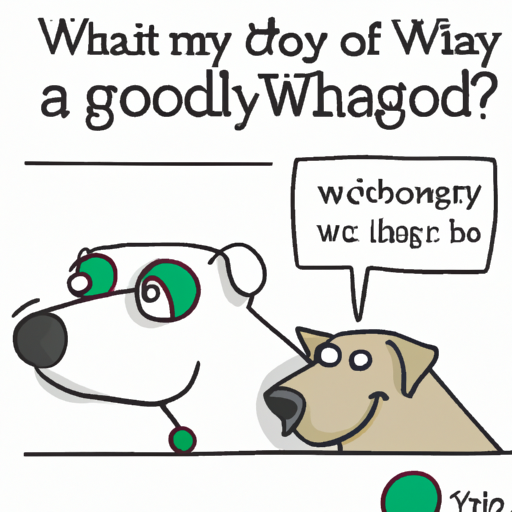If you’re reading this, you’re likely concerned about your dog’s eye twitching and you’re not alone. Many pet owners have experienced this with their dogs and, understandably, it can cause a great deal of worry. Here is a detailed guide to help you understand why dog’s eyes twitch and what can be done about it.
1. Understanding Eye Twitching in Dogs
Eye twitching in dogs, also known as Blepharospasm, is a condition where there is an abnormal, involuntary blinking or spasm of the eyelids. This can occur in one or both eyes and can be intermittent or constant. It’s crucial to understand that this is not a disease in itself, but a symptom of an underlying issue.
Causes of Eye Twitching
Eye twitching in dogs can be caused by a variety of factors such as:
- Eye irritation: This includes foreign bodies, allergens, or infections.
- Neurological issues: Conditions like epilepsy can cause twitching.
- Stress or anxiety: Dogs under stress may display twitching as a symptom.
2. Symptoms and Diagnosis
It’s important to recognize the symptoms associated with eye twitching, as early detection can lead to more effective treatment. Symptoms can include excessive blinking, squinting, redness, swelling, or even the presence of a discharge.
Diagnosis
Diagnosis involves a comprehensive physical examination, including a detailed eye examination. Your vet may also ask for your dog’s medical history and perform specialized tests to identify the underlying cause.
| TEST | PURPOSE |
|---|---|
| Eye exam | To identify any foreign bodies or irritation |
| Blood tests | To check for systemic diseases |
| Neurological exam | To identify any neurological issues |
3. Treatment Options
Treatment for your dog’s eye twitching will depend on the underlying cause. Here are some possible treatments:
Eye Irritation
- Removal of foreign bodies
- Eye drops or ointments for infections
- Antihistamines for allergies
Neurological issues
- Medication to control seizures or other neurological symptoms
- In severe cases, surgery may be an option
Stress or Anxiety
- Behavioural therapy
- Anti-anxiety medication
4. Prevention and Home Care
While not all causes of eye twitching can be prevented, there are some steps you can take to help minimize the risk.
- Regularly check your dog’s eyes for any signs of irritation or infection.
- Keep your dog’s living area clean and free from potential allergens.
- Provide a stress-free environment for your dog.
5. FAQs
Here are some common questions pet owners have about their dog’s eye twitching:
1. Is eye twitching in dogs dangerous?
While eye twitching itself is not dangerous, it can be a symptom of an underlying condition that may need medical attention.
2. Can I treat my dog’s eye twitching at home?
This depends on the cause. If the twitching is due to a foreign body in the eye, you may be able to remove it. However, if the twitching continues, or if it’s due to a more serious condition, it’s important to seek veterinary care.
3. How long does eye twitching last in dogs?
The duration of the twitching can vary depending on the cause. If it’s due to an irritant, it may stop once the irritant is removed. If it’s due to a neurological condition, it may continue until the condition is treated.
In conclusion, while eye twitching in dogs can be concerning, it’s important to remember that it’s usually a sign of an underlying issue, rather than a disease in itself. By understanding the potential causes, recognizing the symptoms, and knowing what treatments are available, you can ensure that your pet gets the best possible care.



